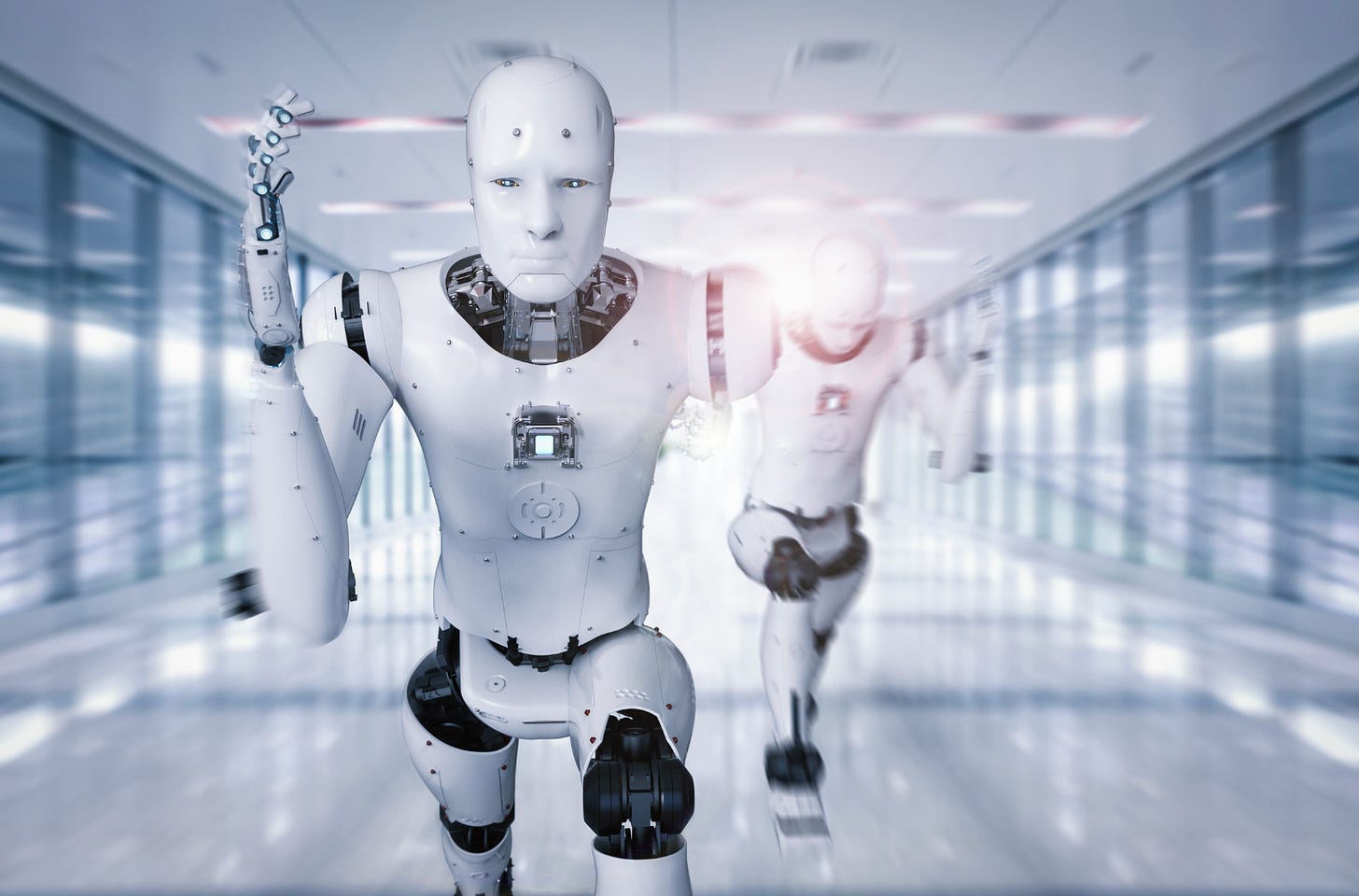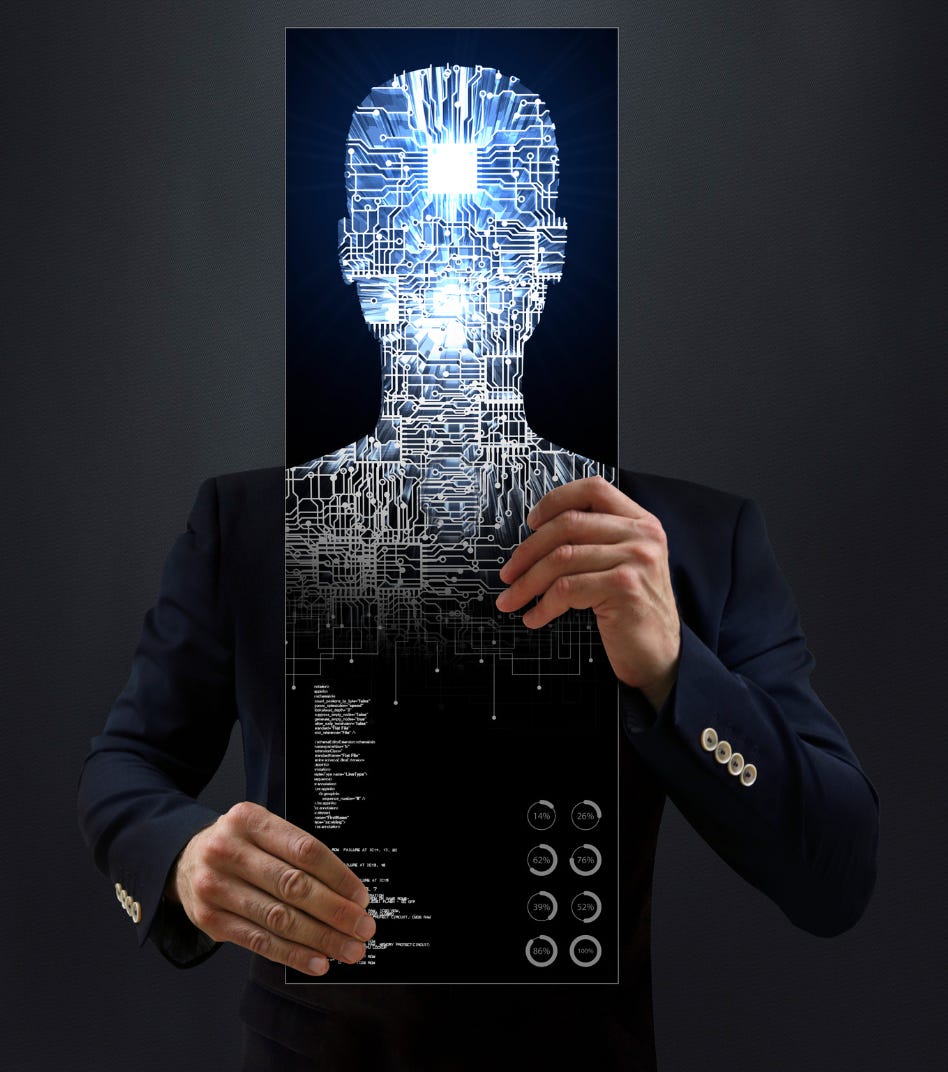10 Data Types to Predict with Artificial Intelligence
The Impressive Capacity of Machine Learning
In 1959, Frank Rosenblatt, a Ph.D. Psychologist and Head of Cognitive Systems at the Cornell Aeronautical Laboratory in Buffalo, New York, created the first prediction model with numerical data called a Perceptron. Back then, the term artificial intelligence was not used, unlike today, when pattern recognition algorithms were used for forecasting. Linear regression models followed in the 1960s, referred to as Statistical Forecasting, but predicting with Artificial Intelligence has a richness that expanded exponentially to various data types. Here is a summary of the impressive capacity of Machine Learning with Prediction Modeling.
1. Numerical data forms the backbone of many Artificial Intelligence (AI) predictive models and encompasses continuous variables, such as temperature or stock prices, and discrete variables, such as counts or ratings. I regularly teach the six most common methodologies and have professionally delivered numerical prediction models to six industrial sectors. The precision and quantifiable nature of numerical data makes it particularly valuable in fields ranging from financial forecasting to climate modeling, allowing AI algorithms to process vast amounts of information and generate actionable insights.
2. Categorical data is crucial in AI predictive modeling, offering insights into qualitative attributes that shape outcomes and behaviors. Product groups, movie titles, marital status, political affiliations, customer segments, and many other word categories capture nuanced relationships and context, leading to more accurate and meaningful predictions. In the 1960s, decision tree algorithms began incorporating categorical variables for prediction tasks, leading to a similar diversity of methodologies as the numerical data prediction models.
3. Time series data in my senior year in high school drove me into Machine Learning and Artificial Intelligence decades ago. My senior thesis at UCLA and my Master’s Thesis at Northwestern University used Machine Learning and Deep Learning to forecast financial time series data. When two or more inputs cannot make accurate predictions with numerical or categorical data, then times series data can capture complexity with impressive accuracy. Classical Statisticians in the 1970s used the Fortran programming language that started Time Series prediction methodology with George Box and Gwilym Jenkins.
4. Text data started today's AI hype with Large Language Models like ChatGPT. Still, in 1960, Hans Peter Luhn pioneered text data for prediction by developing the Keyword in Context (KWIC) system at IBM, laying the groundwork for modern text-based AI predictions. Text-driven forecasts extracted sentiment, topics, patterns, and human behavior back then by employing Natural Language Processing or Computational Linguistics. Due to the limitations of computing power and financial costs, it was not until the 1990s that the ability to derive insights from text data revolutionized fields, including marketing, finance, healthcare, and social sciences, allowing AI models to tap into the rich, nuanced information contained in human language.
5. Image data reverts to Frank Rosenblatt, like with numerical data in the late 1950s, who used his Perceptron for image recognition tasks and digital image processing. He laid the foundation for the gradual evolution of image-based predictions that started in the late 1980s with cheaper computing power and lower financial costs. Real-world applications include autonomous vehicles, drone monitoring, facial recognition, medical imaging, and visual retail searches, to name a few.
6. Audio data began the audio AI revolution in the early 1950s with the Audrey System for speech recognition and voice generation by H.K. Davis, Stephen Balashek, and Ross Biddulph. Assigning numerical values to sound waves through several steps and techniques led to the algorithmic development of speech content prediction, recognizing music genres, and even detecting human emotion.
7. Video data with Hans-Hellmut Nagel in Hamburg, Germany, pioneered video AI prediction for car traffic motions in 1980. Nobody called in Artificial Intelligence back then, but it was generally called video processing. AI prediction can process complex video stream events, such as human actions, object trajectories, and scene changes. Applications range from surveillance and security systems that detect anomalous behavior to sports analytics that predict player movements and game outcomes. However, several technical difficulties and limitations with AI video processing and prediction are common because of computational intensity, storage, real-time processing, and other technical issues.
8. Geospatial data was in my economic geography class at UCLA and began with Luc Anselin in 1988 with Spatial Econometrics, which predicted topics such as housing prices, regional economic growth, pollution dispersion with latitude, longitude, distance measures, spatial weights, neighborhood indicators, and more. Combining numerical, categorical, and image data led to innovative work with practical business value that humans use daily, like Apple Maps for estimating arrival times, ridesharing optimizing routes, finding nearby stores with the inventory you want, and so much more.
9. Graph data, especially with social network analysis and prediction, has a muddled history because of the messy, unstructured data of websites, user log files, and business documents. Several contributed to Graph Data Prediction gradually over the years starting in the 1970s, but today, there has been exponential growth in recent years. Social media friend suggestions, music playlist generation, related search in search engines, and so much more.
10. Mixed data types are the future of AI, and its use in AI predictive modeling emerged as a natural evolution of the field, with roots tracing back to early machine learning and statistical techniques. Mixed data, combining numerical, categorical, textual, and other data types, became increasingly important as AI systems tackled more complex real-world problems.
If you would like to learn more, please schedule a discovery call . . . or leave a comment.
Individual AI Accelerator for (non) technical executives and directors.
AI Incubator for Corporate Team Training for both business and technology groups.
By John Thomas Foxworthy
M.S. in Data Science from a Top Ten University w/ a 3.80 GPA or the top 5%
Veteran Data Scientist with his first Data Science Model in 2005
Freelance Artificial Intelligence Consultant for a Start-Up as of February 2024
Deep Learning Artificial Intelligence Instructor at UCSD Extended Studies
Master Instructor at Caltech’s Center for Technology & Management Education for Artificial Intelligence, Deep Learning, and Machine Learning





